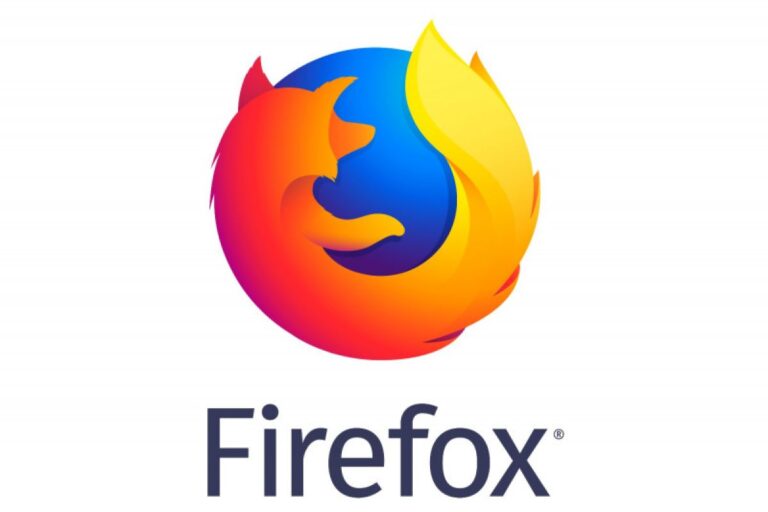Best Practices for Developing a Successful Proposal Management Process
When it comes to sealing deals and winning new business, the ability to articulate value and deliver a compelling pitch through a well-crafted proposal can make all the difference. At the heart of this challenge is the proposal management process, which requires strategic planning, a thorough understanding of the client’s needs, and a clear presentation of your solution’s benefits. Best practices in proposal management can significantly increase your chances of success, as they guide you in crafting documents that stand out among competitors. In this article, we’ll delve into some of the essential steps and techniques to enhance your proposal management strategy. Keep reading to uncover insights that can transform your approach and yield impressive results.
Understanding the Fundamentals of Proposal Management Process
Alt text: A team of individuals gathers in a conference room, analyzing a large screen that outlines the proposal management process.
The proposal management process starts with identifying opportunities and assessing their alignment with the organization’s goals. It involves researching the client, understanding their pain points, and customizing the approach to address their unique challenges. Once an opportunity is identified, a dedicated proposal team with diverse expertise is assembled to handle all aspects of the proposal.
Setting clear timelines and deliverables is crucial for maintaining track and refining the proposal before submission. A deep understanding of the Request for Proposal (RFP) requirements is also essential for a successful proposal, ensuring compliance and respect for the client’s process.
Key Elements of a Winning Proposal Strategy
A successful proposal strategy involves clarity, persuasion, and relevance. It should be clear, frame your organization’s strengths and past successes, and position them as the ideal choice for the prospect. Customizing the proposal to the client’s specific context is crucial, demonstrating careful consideration of their needs.
Include compelling case studies or testimonials to demonstrate your prowess and credibility. Pricing strategies should strike the right balance between competitiveness and profitability, ensuring clients feel they are receiving strong value while maintaining your margins. A well-crafted proposal strategy can lead to a successful and successful business relationship.
Leveraging Technology for Effective Proposal Development
In today’s business environment, streamlined proposal development tools are essential for efficient communication. Technology like proposal automation software can reduce time spent on document creation and improve accuracy. Collaboration tools are crucial for geographically dispersed teams, ensuring real-time contributions and document updates.
Data analytics provide insights into past proposals’ performance, allowing teams to refine their approach to align with client expectations. Customer relationship management systems personalize proposals based on client data, making clients feel understood and valued, boosting the chances of favorable proposal reception.
Cultivating a Collaborative Environment in Proposal Creation
Alt text: A group of business professionals engaged in a discussion within a modern meeting room setting.
A collaborative environment is crucial for creating innovative and well-rounded proposals. It encourages team members to share ideas and contribute their unique expertise. Workshops or brainstorming sessions can harness collective intelligence and spark creative solutions.
Establishing clear communication channels and roles maintains a collaborative spirit, fostering ownership and commitment. Embracing diverse perspectives from team members can highlight potential challenges and novel angles, leading to a proposal that resonates with the client and stands out from competition. This approach fosters a sense of ownership and commitment within the team.
Best Practices for Continuous Improvement in Proposal Management
Continuous improvement in proposal management requires an organization to be reflective and proactive. Regularly reviewing and analyzing the outcomes of submitted proposals helps identify areas for enhancement and adoption of new best practices. Learning from both successes and failures is fundamental. Understanding what resonated with clients in winning proposals or what pitfalls led to rejections provides invaluable lessons for future submissions.
Investing in training for proposal teams also fosters improvement. As market trends and client expectations evolve, teams must be equipped with current knowledge and skills to meet these changes head-on. Soliciting client feedback after the proposal process can yield critical insights. Clients can offer a unique perspective on your proposal’s strengths and weaknesses, which is essential information for fine-tuning your approach.
Altogether, a profound understanding of the proposal management process combined with the strategic application of technology and collaboration can greatly enhance your team’s performance. By adopting these best practices and committing to ongoing improvement, organizations can position themselves to create proposals that capture attention, convey value, and win business.






